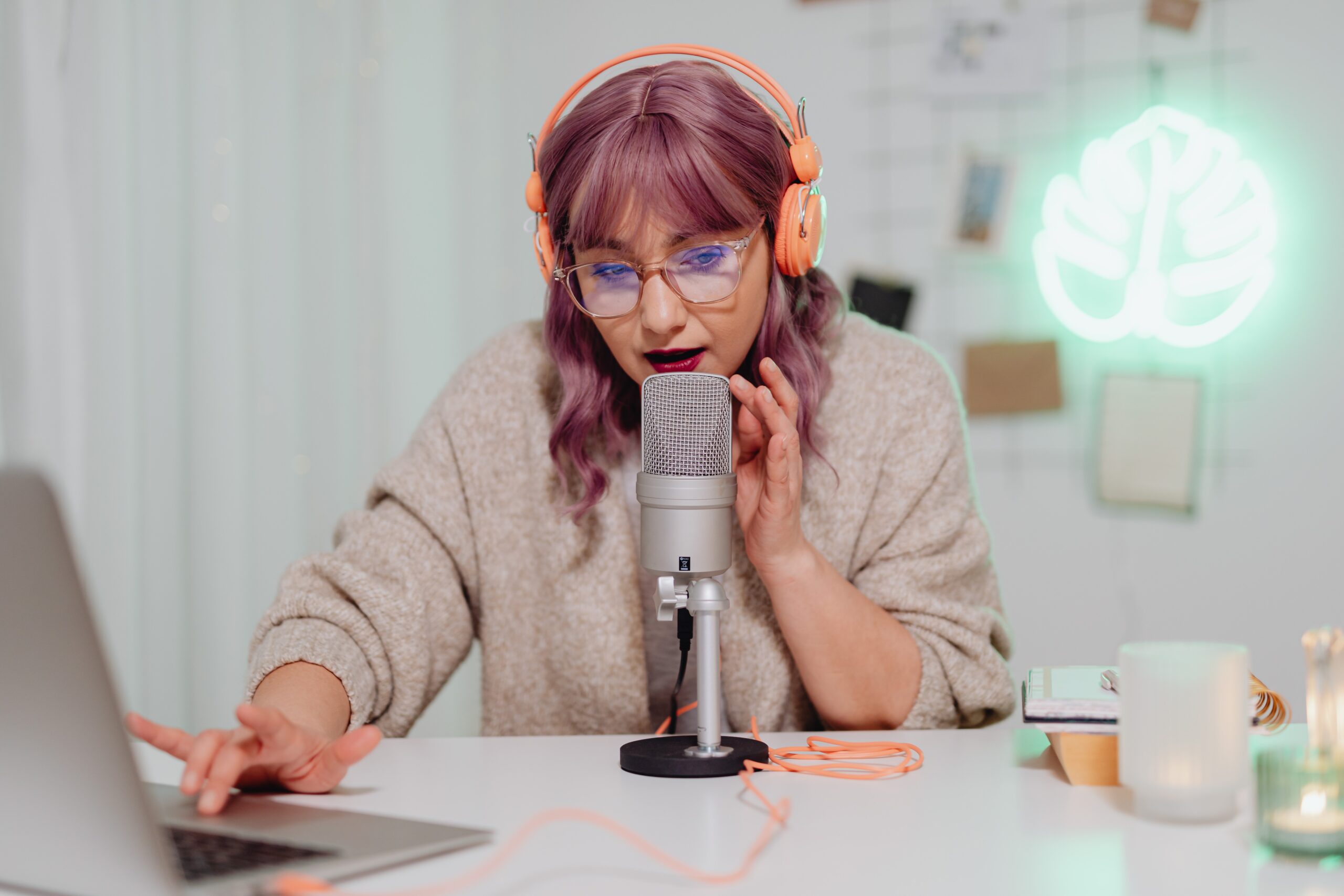
05 Sep How to Record Audio at Home
With the evolution of technology in the last 10 years, the barriers to entry to becoming a voiceover artist have been basically demolished. The prices for the equipment necessary to produce a broadcast quality recording used to be astronomical. Now they are available for a few hundred pounds. To be honest only 20 years ago, if you wanted to produce a high-quality voice recording, the only place you would be able to do that would be to go to an expensive studio in the city – now home recording booths, professional microphones and recording software are in 1000’s of homes across the world.
Room Treatment
So, what do you need to get started? Really not much is the answer! But the key, above all else, is ‘Room Treatment’. In actual fact, a very expensive microphone and its benefits are undone almost entirely by poor room treatment. Room treatment is simply making the recording sound more acoustically pleasing… I know that is a subjective comment, but it does have some common themes. Firstly, you want the sound to be neutral, not too much bass, not too much top end. Also, and here is perhaps the critical element for those just starting out – NO ECHO -what we don’t want to hear as a listener is a recording sounding like it was made in your bathroom with the voice bouncing back off the tiles! Now, how can you achieve this? Well, the first attempt done by so many is to get under the duvet with your microphone, and this does a surprisingly good job.
Wardrobe Sound Booth
The next option is to get into your wardrobe with your clothes around you and record in that. What this does is that the clothes and duvet absorb the sound waves and stop them from rebounding off the walls and bouncing back into the microphone. Of course, this is a very ‘low-fi’ solution and will get you halfway there to a decent recording space. Just make sure you have enough light in there to read your script.
It will certainly sound better than recording in your bathroom, but it will be spotted by any recording engineer worth their salt! If you really want to create a broadcast-quality solution you either have to find a space which you can treat with acoustic tiles and bass traps, or you can buy a specially crafted voice booth, designed specifically for voice work. These range in size from about 1 by 1 metre up to 5 by 5 metres for studio work to be done by multiple people – perhaps by a band.
Broadcast Quality from Home
At Voicestable, we actually demand broadcast quality, and therefore whilst the duvet and cupboard will get you halfway there, we need to hear studio quality. So, find that space you can use and convert it into your dedicated recording space – or buy one off the rack!
Once you are done with the room treatment, then you can get on to the exciting purchases of microphones and mixers and interfaces. But to paraphrase the immortal words of Baz Luhrman ‘Trust me on the room treatment’
Good luck and happy recording!
Sorry, the comment form is closed at this time.